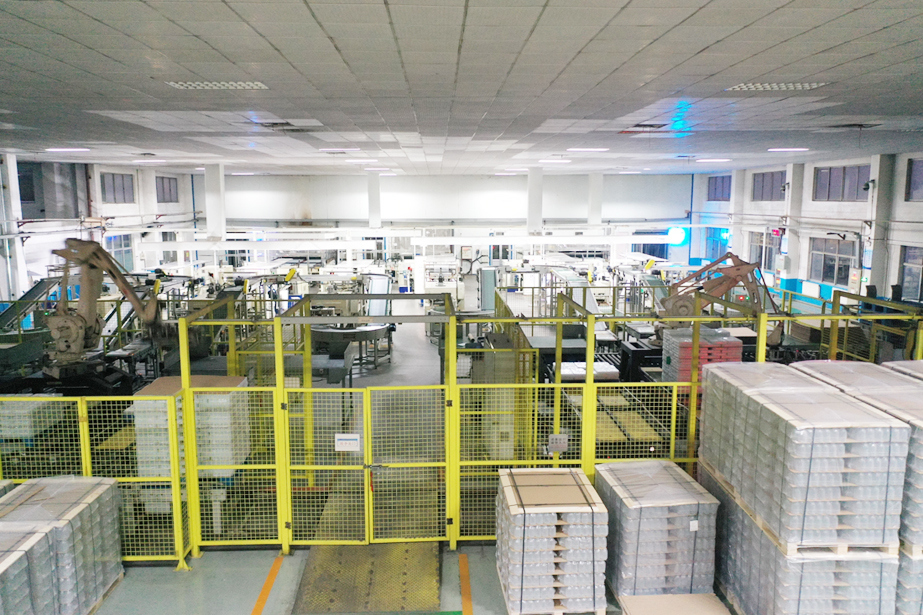Release of Arsenic as per the current version of EP and USP
We certify that Arsenic is not intentionally added as components in the batch composition with which we manufacture our glass for containers. If very slight traces are present in the glass, they come from impurities contained in the raw materials of mineral origin used for the preparation.
The results of analyses for extractable As according to Arsenic Test-A in USP<660><211>and Arsenic Test-B in Ph. Eur 3.2.1 are:
As < 0.1 ppm
The release of Arsenic from the glass containers is in accordance with the specifications of the E.P. VIII and USP XXXVII.
European Council Directive 94/62/EC-Article 11 and US TPCH
We hereby certify that amber glass containers comply with heavy metal content requirements of our internal-control glass package specifications and meet the requirements specified in European Council Packing Directive 94/62/EC and Legislative Decree No. 1935/2004 of 27th October 2004 and TPCH from US [California, Connecticut, Florida, Georgia, Illinois, Lowa, Maine, Maryland, Minnesota, Missouri, New Hampshire, New Jersey, New York, Pennsylvania, Rhode Island,Vermont, Virginia, Washington and Wisconsin] In the absence of published documentation, the following conditions apply as a maximum measurement: THE SUM CONCENTRATION LEVELS OF INCIDENTALLY INTRODUCED LEAD(Pb), MEACURY(Hg), CADMIUM(Cd) AND HEXAVALENT CHROMIUM(CrVI) SHALL NOT EXCEED 100PARTS PER MILLION BY WEIGHT(100PPM), FURTHERMORE, INTENTIONAL USE OF THESE MATERIALS IN PACKAGES AND PACKAGE COMPONENTS HAS BEEN ABOLISHED.
And also we made a test for Extractable As,Sb, Pb, Cd according to CFDA Norm: YBB00172005-2015 and YBB00372004-2015, all are less than 0.1ppm, and meet the requirements specified in the food glass containers norm GB4806.5-2016.
